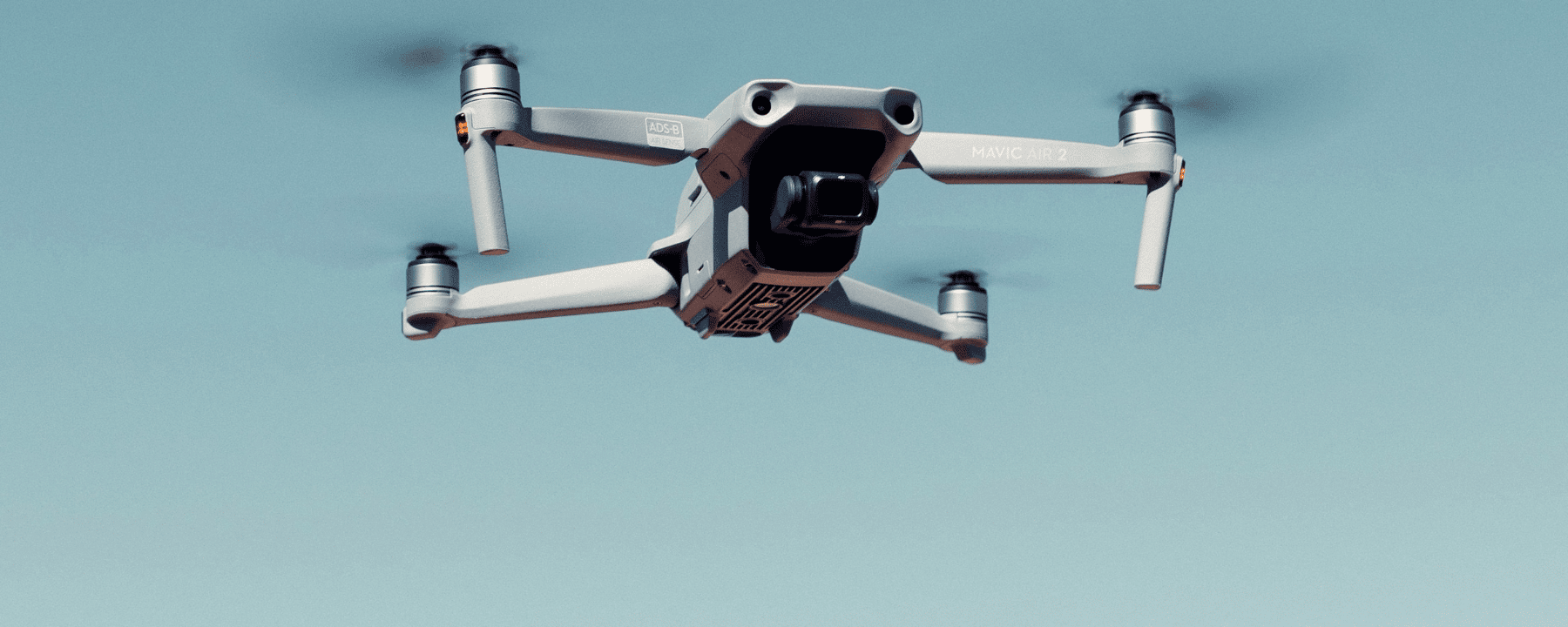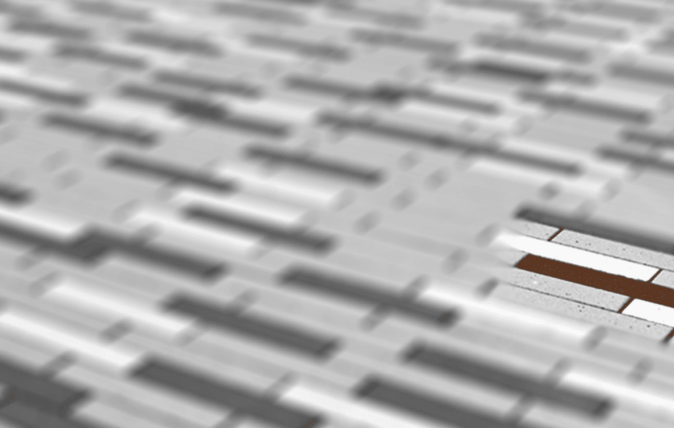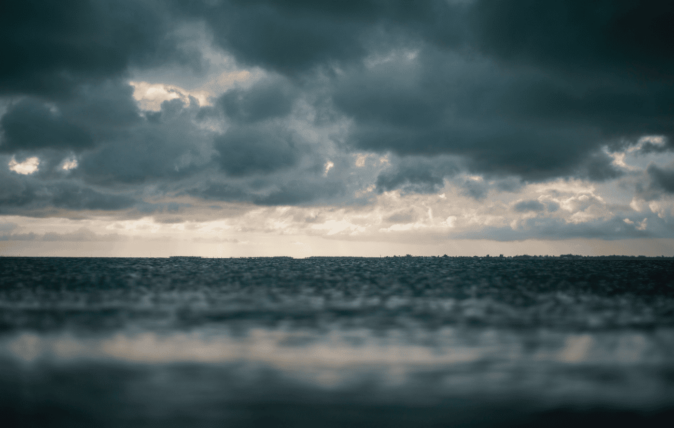Drones and the Law: Can They Hover Over Your House or Property?

This blog was written by Texas A&M University Professor and former Assistant United States Attorney, Ron Sievert.
As we enter 2023, many of us understand that in the next few years, we will be confronted with over flights by and questions about drones. Those of us involved in law enforcement, intelligence, scientific exploration and research want to use them. At the same time, those of us who are also concerned about privacy do not want them flying over our land, houses or private corporate property. This naturally leads to an examination of our legal rights and questions that have not yet been answered by the Supreme Court.
A Brief History of Supreme Court Rulings
We do have some guidance in prior cases decided by the Supreme Court. In the 1980s there were numerous legal challenges when law enforcement and regulators began to use low-flying airplanes and helicopters to find those growing marijuana or violating environmental laws. The key issue was whether the government action was a “search” under the Fourth Amendment which, in essence, meant determining if the complaining party had a “reasonable expectation of privacy” in the property that was being observed from the sky.
In California v. Ciraolo (476 U.S. 207 (1986)), the Supreme Court held that law enforcement could take pictures of a fenced-in backyard from a plane flying at 1000 feet. In Florida v. Riley (488 U.S. 445 (1989)) the Supreme Court held that a police helicopter hovering at 400 feet in compliance with FAA regulations could shoot photographs through the opening of a greenhouse within a home’s private curtilage. Although these decisions were close calls, the bottom line was that the majority of the Supreme Court reasoned that we all know that planes and helicopters fly overhead and therefore those who objected did not have a “reasonable expectation of privacy.” Court warrants based on probable cause were not needed.
Another element was added to the equation of Court review in Dow Chemical v. U.S. (476 U.S. 227 (1986)). In that case, the Supreme Court held that the EPA could use a conventional and commonly available “mapping camera” to photograph a closed industrial facility from higher altitudes in navigable airspace. But the Supreme Court noted that it would have prohibited the EPA’s action without a warrant if the camera had been “highly sophisticated surveillance equipment not generally available to the public.” That is, an extremely technical camera would have violated the corporation’s reasonable expectation of privacy. The importance of technology was emphasized with the Supreme Court’s 2001 opinion in Kyllo v. U.S. The DEA suspected an individual was growing large amounts of marijuana inside his home. They took photographs using a special infrared thermal imaging camera that revealed abnormal heat signatures in the home consistent with growing and providing internal heat to numerous plants. Although the agents were on a public street when they used the device and the outside of the house could be observed by all those passing by, the Supreme Court held that the use of this special camera violated the homeowner’s “reasonable expectation of privacy.”
The Causby Case
These cases provide some insight into the Supreme Court’s thinking but they do not answer some of the key questions about today’s drones. A helicopter can fly over your house at 400 feet but what about a drone at an even lower altitude? Does it make a difference if the drone is operated by your nosy neighbor or another private party as opposed to the government in a criminal investigation? After all, the whole formulation of defending our “reasonable expectation of privacy” grew out of Fourth Amendment cases focused on protecting citizens against government criminal investigative action.
Part of the answer to these questions, I believe, can be found in the Supreme Court’s opinion in a fascinating 1940’s chicken farmer case. To quote directly from the Supreme Court’s factual summary:
“Respondents owned a dwelling and a chicken farm near a municipal airport. The safe path of glide to one of the runways of the airport passed directly over respondents’ property at 83 feet, which was 67 feet above the house, 63 feet above the barn and 18 feet above the highest tree. Various military aircraft of the United States used the airport (including bombers). They frequently came so close to the respondent’s property that they barely missed the tops of trees, the noise was startling, and the glare from their landing lights lit the place up brightly at night. This destroyed the use of the property as a chicken farm and caused loss of sleep, nervousness, and fright on the part of respondents (and loss of 150 chickens when they flew into the walls.). U.S. v. Causby 328 U.S. 256, 258 (1946).”
The farmer sued the government for “trespass” on the grounds of the old common law doctrine that the landowner owns all the sky above their property “into the periphery of the universe.” Justice Douglas, writing for the Supreme Court, noted that this old doctrine had no place in the age of air travel because the air was now “a public highway.” But, if the landowner was to have full enjoyment of his land he must have control of the “immediate reaches of the enveloping atmosphere. Otherwise buildings could not be erected, trees could not be planted and even fences could not be run.” (Causby at 246). The owner owns as much of the space above the land as he can use in connection with the land.
Causby thus applied civil law principles and ruled in favor of the land owner in a case that had nothing to do with government investigative actions or the Fourth Amendment’s reasonable expectation of privacy. Naturally, my more aggressive students always ask if this means they can use a shotgun to shoot down an annoying neighbor’s drone. My response is that they should just be ready to show the case to their lawyer when they are hauled into court.
Applying Historical Rulings to Cases Today
Finally, we have had a recent decision in an actual drone case before a high-level court. In Long Lake Township v. Maxon (336 Mich App. 538 (2019)), the Michigan Supreme Court reviewed the complaints of Todd and Heather Maxon who had been fined for consistently violating local zoning ordinances by keeping an excessive amount of junk cars and other trash on their property. Long Lake Township used a drone flying within FAA regulations (less than 400 feet and line of sight with the operator) to photograph the property and demonstrate the zoning violations in a civil suit. The Michigan Supreme Court held that the drone violated the Maxon’s reasonable expectation of privacy and the Township needed to get a court warrant before using the vehicle. The opinion was not exactly based on altitude, but on technology. In the above cited airplane surveillance cases the Supreme Court had noted that photographs might be prohibited if the camera was highly sophisticated and in Kyllo the Supreme Court suppressed the thermal imaging pictures taken from a public street because of the high level of technology utilized. In the 2018 case of Carpenter v. U.S., the Supreme Court (138 S.Ct. 2206 2018)) held that the government could not use accumulated cell site locator information (CSLI) to convict a major criminal because, even though we all know the cell company has access to the information, “society’s expectation (of privacy) has been that law enforcement and others would not (and could not) secretly monitor” all of their physical movements for a long period of time. Drawing on these two cases, the Michigan court held that, because of the technology, drone surveillance is “qualitatively different” than surveillance conducted by airplane or helicopter and was thus improper without a warrant based on probable cause.
download the whitepaper
Security Forecasts for 2023 and Beyond
The author has serious disagreements with the majority court opinions in Long Lake Township and Carpenter, as did the well-respected dissenting justices. In a later opinion, the Michigan Court decided that the exclusionary rule did not apply to civil fine cases but even its basic holding relying upon “expectation of privacy” is questionable. In today’s world of ubiquitous aerial drones, it would be hard to say that drones are not in “general public use” as was the case with the thermal imaging device in Kyllo or the ability to access Cell Site Locator Information in Carpenter. Technology evolves and becomes dominant and prevalent so we have less honest “expectation of privacy.” It also must be remembered that the Fourth amendment expectation of privacy test often does not apply to “open fields.” Hester v. U.S. 265 U.S. 57 (1924.) Personally, when it comes to restricting drones, I think the ownership of the “enveloping atmosphere” test explained in the 1946 case makes great sense. Mr. Causby, the chicken farmer, was right. None of us should have to expect aircraft of any kind to be able to fly routinely 67 feet above our house, 63 feet above our barn or 18 feet above our nearby trees. That space belongs to us.
Professor Ron Sievert investigated and tried cases for the U.S. Department of Justice for 25 years. Since 1999 he has served as an adjunct and full time professor at University of Texas Law School and Texas A&M Bush School of Government teaching National Security and International Law. He has published several articles and the casebook titled Cases and Materials on US Law and National Security (4th edition 2018).








